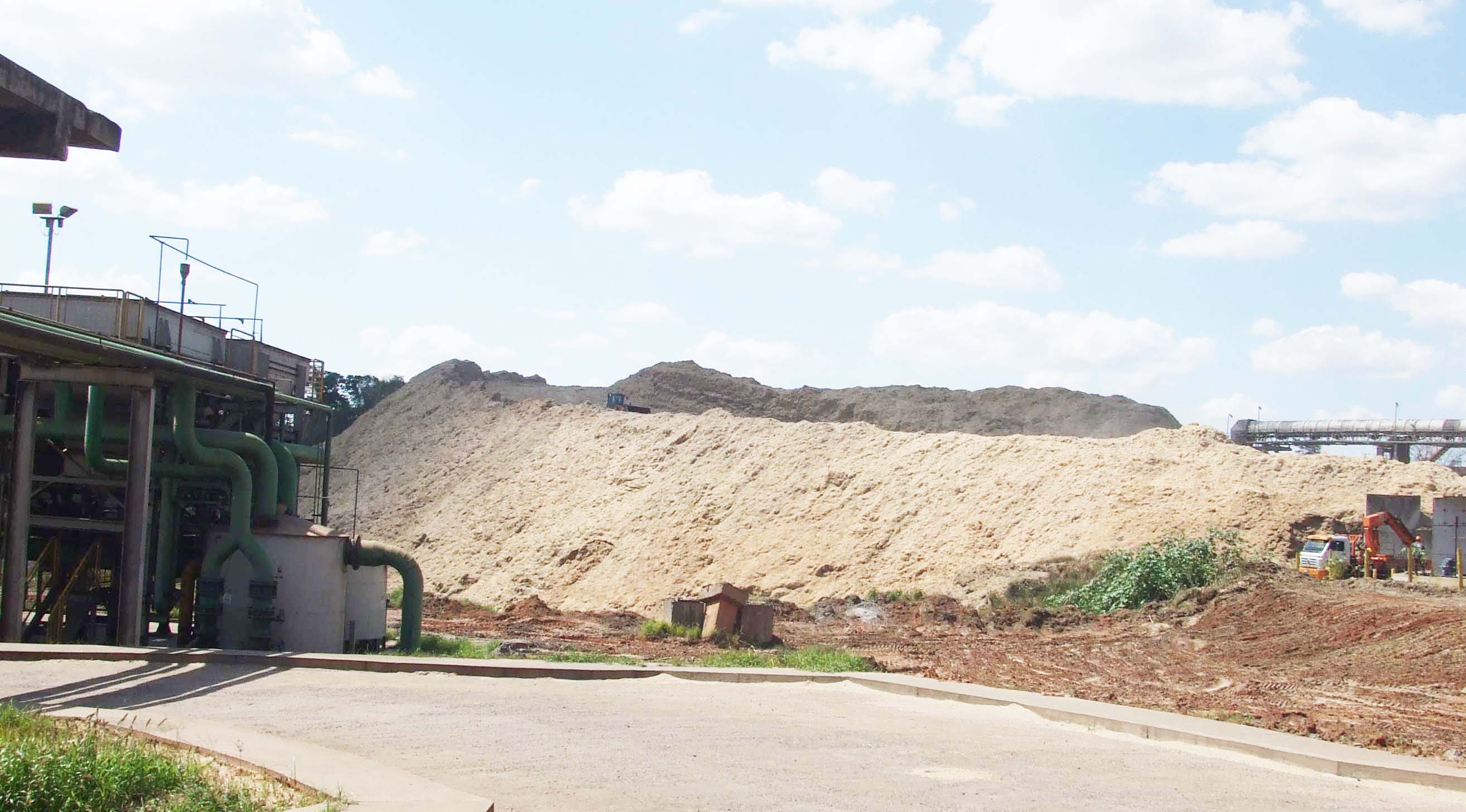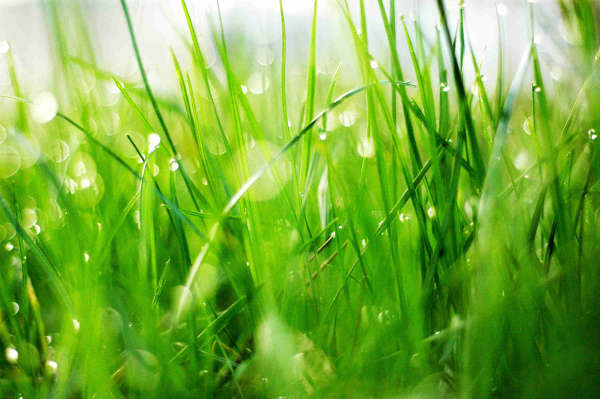Analysis of Sugarcane Bagasse

Background
Sugarcane bagasse is the solid residue that remains after sugarcane, a C4 plant, has been crushed and the juice removed. In an ideal sugar mill the maximum amount of sucrose would be extracted during the milling process with little left in the sugarcane bagasse. Hence, the bagasse will represent a predominately lignocellulosic feedstock. Taking the example of Brazilian sugarcane, one wet tonne of cane that is processed at the mill will yield approximately 280 kg (wet) of sugarcane bagasse. Typically, sugarcane bagasse has a moisture content of between 45 and 55% on a wet basis. Bagasse is therefore a significant output of the sugar mill. It was estimated that 160 million tonnes of sugarcane bagasse were produced in Brazil 2008.The first use for this resource is as a heat and steam provider to satisfy the energy needs of the sugar production or fermentation processes. It has been estimated that a minimum of 50% of the bagasse is required for this. In many cases the surplus bagasse represents a problematic waste that could lead to safety issues (e.g. spontaneous combustion) if stored for a long period of time. For that reason some mills deliberately burn the bagasse at a low efficiency so that more of it is consumed for energy production.
It has been estimated that the use of sugarcane bagasse in boilers could be decreased by up to 36% if more efficient combustion schemes are employed, potentially offering an increased supply of biomass for biorefining purposes. Indeed, there has been a significant amount of research into utilising sugarcane bagasse in biorefining technologies that may produce saleable chemicals from the polysaccharides or produce bio-oils via the pyrolysis of this residue.
The sugarcane harvest residue that is left on the field, often referred to as sugarcane trash, is also a potential biomass resource. This feedstock comprises the leaves and the tops of the plant; fractions with insufficient sucrose content to warrant their transportation to the mill. It has been estimated that, for each tonne of harvested cane, 140 kg of trash will exist. This is the case only where the cane is mechanically harvested (which involves the trash being blown back onto the field by the harvester). Manual practices require the crop to be burnt prior to the chopping of the stems by workers. This will burn the leaves of the crop but not damage the stems and roots. Manual harvesting occurs only in developing nations and is being gradually phased out. For example, the Brazilian government has targeted 2020 as a date when all harvesting will be mechanical.
Celignis founder Daniel Hayes has extensive experience in the chemical/infrared analysis of sugarcane bagasse and sugarcane trash. As part of the DIBANET project, he spent approximately 2 years working in Brazil where he was responsible for the analysis of Latin American biomass feedstocks and in the development of near infrared models for these. This work included the installation of an online near-infrared device at a sugar-mill. Daniel Hayes also spent time working in Australia where he undertook chemical and near-infrared analysis of sugarcane bagasse samples.
Analysis of Sugarcane Bagasse at Celignis
Celignis Analytical can determine the following properties of Sugarcane Bagasse samples:
Sugars (Monosaccharides)
Sugar Alcohols and Uronic Acids
Lignin and Extractives
- Lignin (Klason)
- Lignin (Klason - Protein Corrected)
- Lignin (Acid Soluble)
- Acid Insoluble Residue
- Extractives (Ethanol-Soluble)
- Extractives (Water-Soluble)
- Extractives (Exhaustive - Water then Ethanol)
- Lignin S/G Ratio
- Extractives (Water-Insoluble, Ethanol Soluble)
- Protein Content of Acid Insoluble Residue
- Carbon Content of Acid Insoluble Residue
- Hydrogen Content of Acid Insoluble Residue
- Nitrogen Content of Acid Insoluble Residue
- Sulphur Content of Acid Insoluble Residue
Amino
Acids
Thermal Properties
- Moisture
- Ash
- Ash (Acid Insoluble)
- Carbon
- Hydrogen
- Nitrogen
- Sulphur
- Oxygen
- Volatile Matter
- Fixed Carbon
- Gross Calorific Value
- Net Calorific Value
- Chlorine
- Ash Shrinkage Starting Temperature (Oxidising)
- Ash Deformation Temperature (Oxidising)
- Ash Hemisphere Temperature (Oxidising)
- Ash Flow Temperature (Oxidising)
- Ash Shrinkage Starting Temperature (Reducing)
- Ash Deformation Temperature (Reducing)
- Ash Hemisphere Temperature (Reducing)
- Ash Flow Temperature (Reducing)
- Thernogram - Under Nitrogen
- Thermogram - Under Air
Major and Minor Elements
Cellulose Content of Sugarcane Bagasse
Cellulose is the main mass constituent of sugarcane bagasse. The cellulose content will depend on the sugarcane variety and on the harvesting method used. In recent years there has been interest in a variety of sugarcane termed Energy Cane. This has a much lower sucrose content than traditional sugarcane varieties but can be more efficient in producing fibre.Click here to see the Celignis Analysis Packages that determine cellulose content.
Hemicellulose Content of Sugarcane Bagasse
As with Miscanthus, switchgrass, and reed canary grass, the main hemicellulose in sugarcane bagasse is arabinoxylan. This hemicellulose is predominately composed of xylose, with a lower proportion of arabinose.Click here to see the Celignis Analysis Packages that determine hemicellulose content.
Lignin Content of Sugarcane Bagasse
The lignin content of sugarcane bagasse will vary according to the sugacane clonal variety and the havesting mechanism used.Click here to see the Celignis Analysis Packages that determine lignin content.
Starch Content of Sugarcane Bagasse
The starch content of sugarcane bagasse is typically quite low but it can vary according to the maturity of the plant.Click here to see the Celignis Analysis Packages that determine starch content.
Uronic Acid Content of Sugarcane Bagasse
The uronic acids glucuronic acid and galacturonic acid are present in the hemicelluloses of sugarcane bagasse.Click here to read more about uronic acids and to see the Celignis Analysis Packages that determine uronic acid content.
Enzymatic Hydrolysis of Sugarcane Bagasse
We can undertake tests involving the enzymatic hydrolysis of Sugarcane Bagasse. In these experiments we can either use a commercial enzyme mix or you can supply your own enzymes.We also offer analysis packages that compare the enzymatic hydrolysis of a pre-treated sample with that of the native original material.
Click here to read more about enzymatic hydrolysis and to see the various analysis packages that we offer.
Ash Content of Sugarcane Bagasse
There can be a high variability in the ash content of sugarcane bagasse. This is in large part due to variations in the practices used for harvesting the sugarcane. In some cases the harvested crop can contain a significant proportion of soil, a trend that will lead to increased ash in the bagasse.Click here to see the Celignis Analysis Packages that determine ash content.
Heating (Calorific) Value of Sugarcane Bagasse
The heating value of sugarcane bagasse will be mostly dependent on the moisture and ash content of the residue.Click here to see the Celignis Analysis Packages that determine heating value.
Bulk Density of Sugarcane Bagasse
At Celignis we can determine the bulk density of biomass samples, including Sugarcane Bagasse, according to ISO standard 17828 (2015). This method requires the biomass to be in an appropriate form (chips or powder) for density determination.Click here to see the Celignis Analysis Packages that determine bulk density.
Basic Density of Sugarcane Bagasse
At Celignis we can determine the basic density of some suitable biomass samples. The method requires the biomass to be in an appropriate form (chips) for density determination.Click here to see the Celignis Analysis Packages that determine basic density.
| Previous Feedstock | Next Feedstock |
Go Back to List of Feedstocks.
Energy
Crops
Agricultural Residues and Wastes
Industrial Residues and Wastes
Municipal
Wastes
Biorefinery
Products






